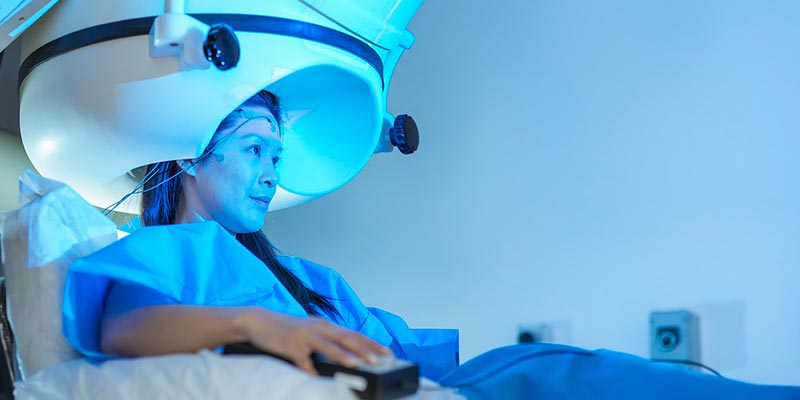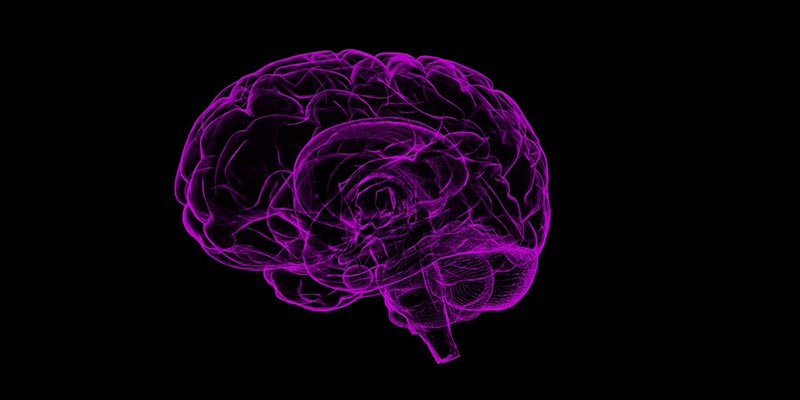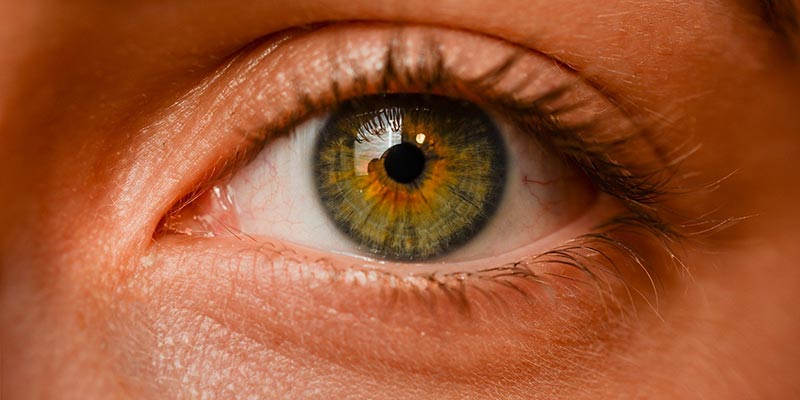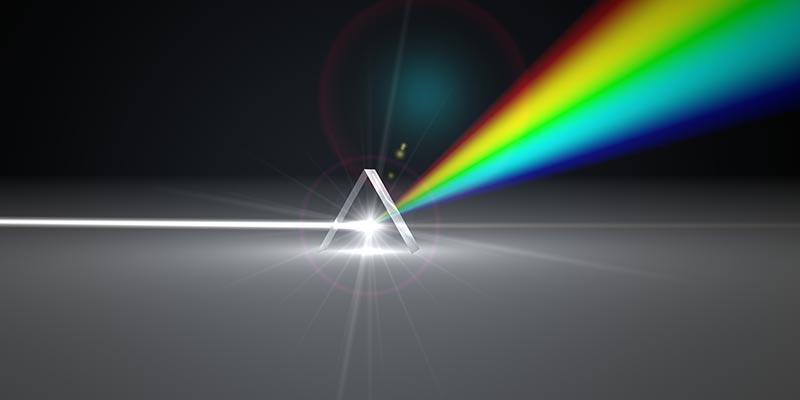
Magnetoencephalography (MEG)
We use MEG to resolve the time course of cognitive operations and their representation in the brain.
MEG measures small magnetic fields outside the head that are generated by electrical activity in the brain. Measurements are performed with extremely sensitive sensors called Optically Pumped Magnetometers (OPMs) in the helmet of the scanner.
Using our 128-sensor, whole-head MEG system, we have gained important insights into the relationship between human brain function and behaviour.
Contact us
York Neuroimaging Centre
Co-directors Aidan Horner and Beth Jefferies, Department of Psychology
reception@ynic.york.ac.uk
+44 (0)1904 325940
York Neuroimaging Centre,
The Biocentre,
York Science Park,
Heslington,
York
YO10 5NY
X
Our projects

Neural signal combination
Combining M/EEG recordings with psychophysical measures, MRI activity, and computational modelling to better understand the neural algorithms underpinning sensory experiences.

Efficient vision in a structured world
Characterising neural responses to naturalistic visual inputs using functional MRI, MEG/EEG, and multivariate classification analyses.

Colour perception in the visual pathway
Undertaking MEG experiments to investigate how, when, and where, colour signals are combined in the visual pathway.
Contact us
York Neuroimaging Centre
Co-directors Aidan Horner and Beth Jefferies, Department of Psychology
reception@ynic.york.ac.uk
+44 (0)1904 325940
York Neuroimaging Centre,
The Biocentre,
York Science Park,
Heslington,
York
YO10 5NY
X